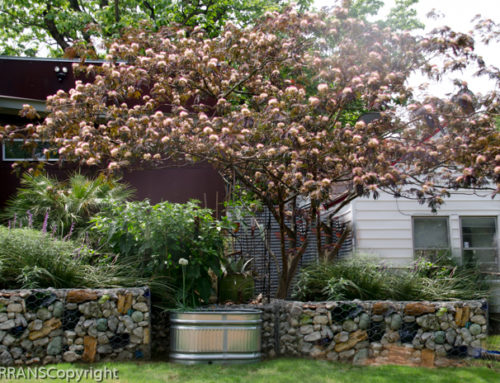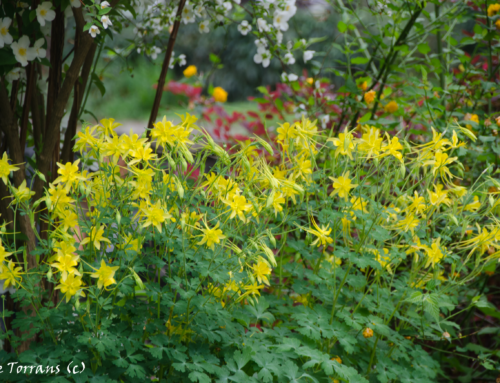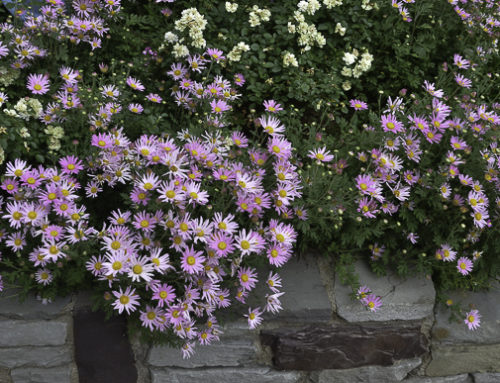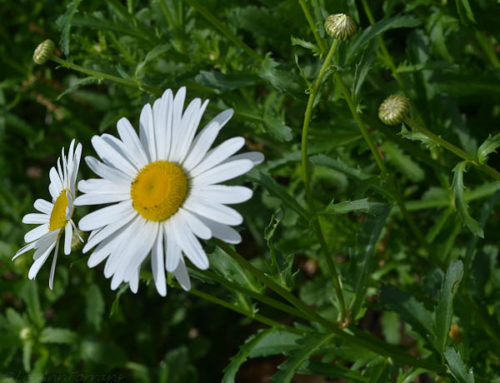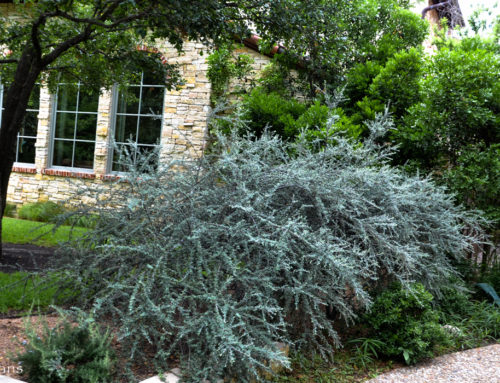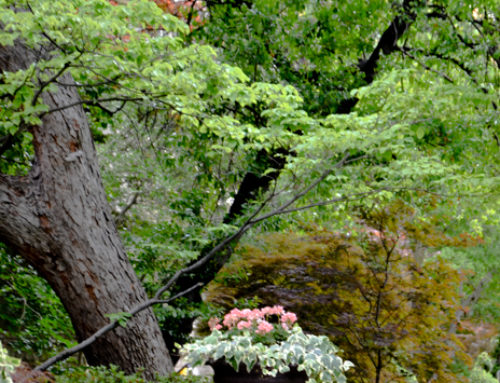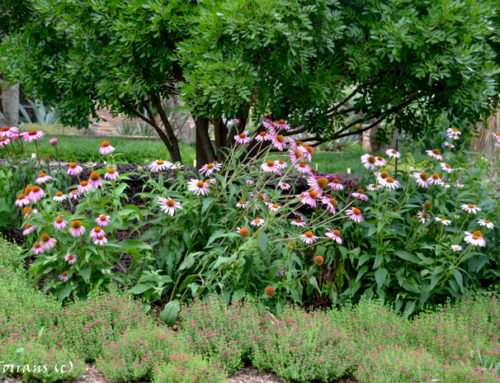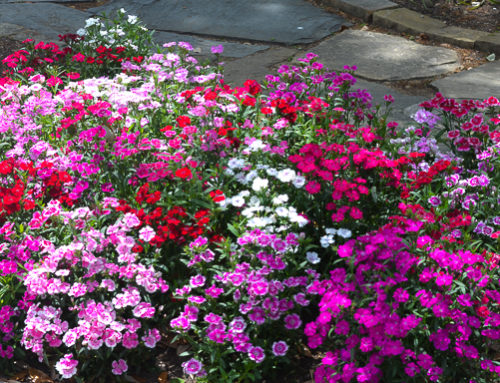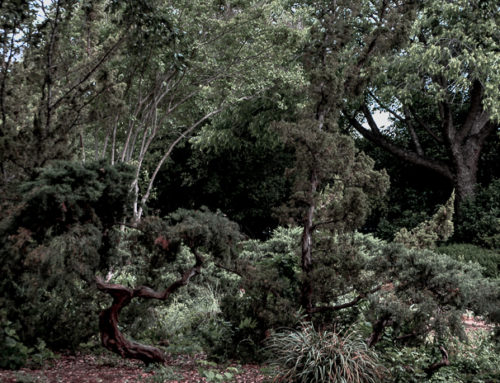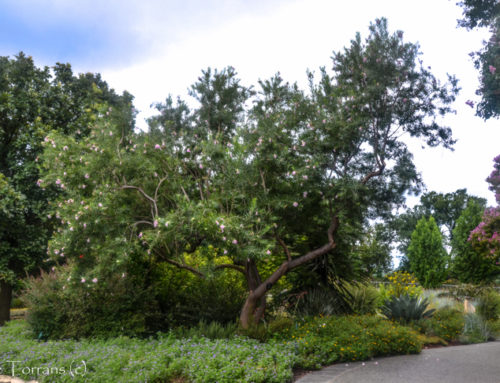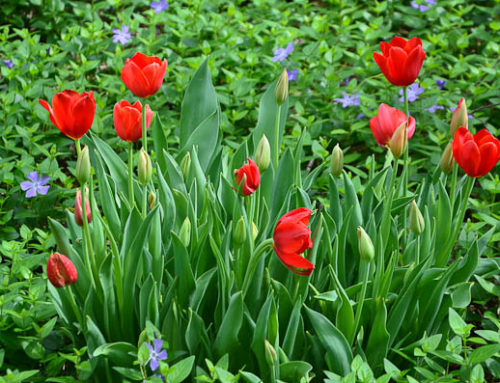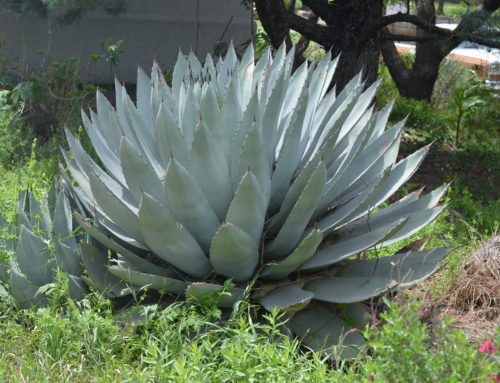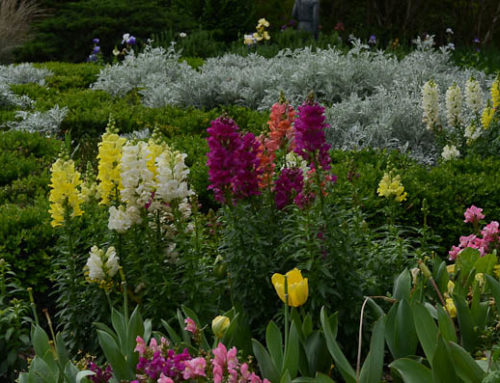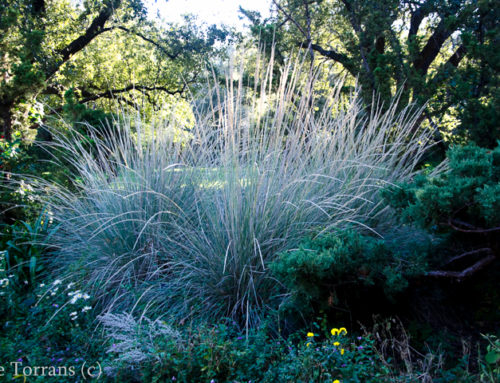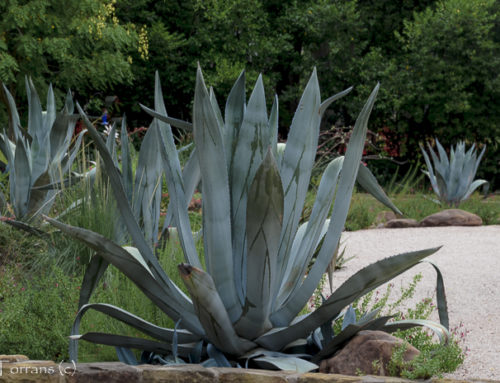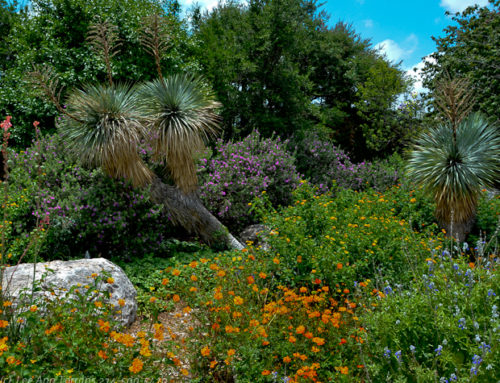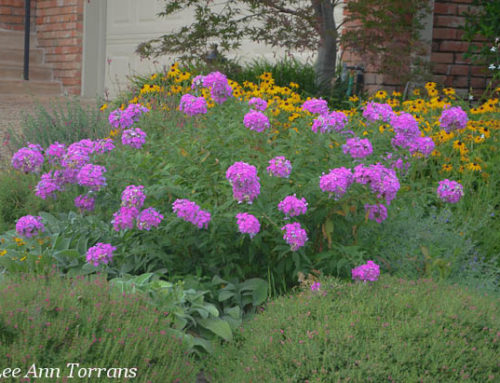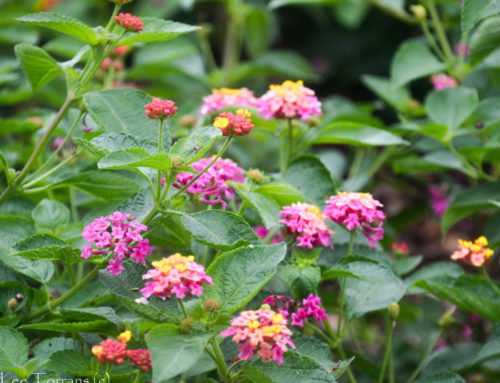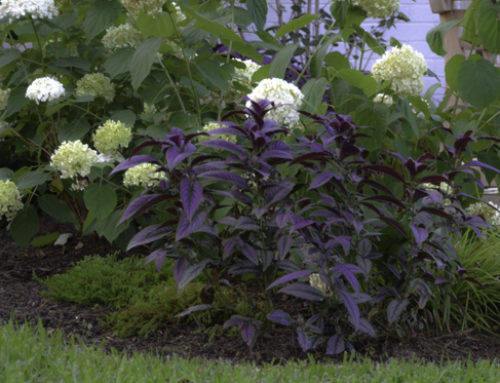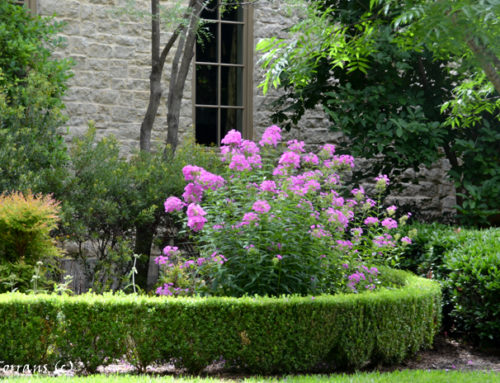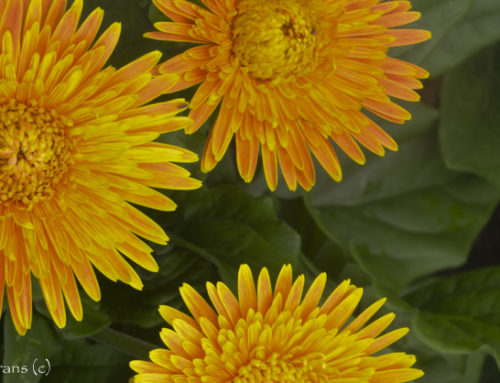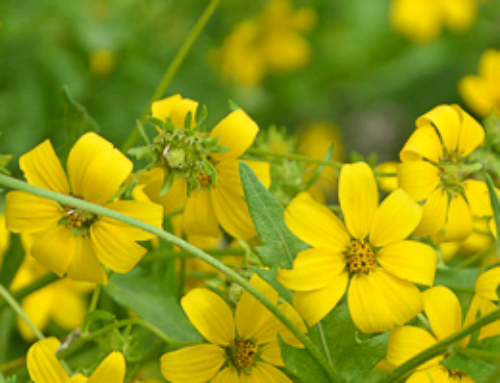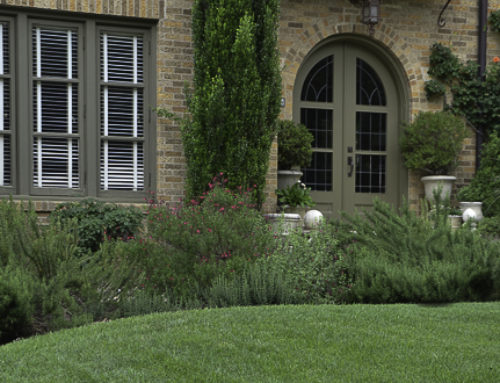Salvia Greggii – The Workhorse of the Native Plant Garden |
Salvia greggii A. GrayAutumn sage, Cherry sage, Greggi salvia |
 Scarlett Salvia Gregii in Texas  Scarlett Salvia Gregii in Texas |
 Salvia Greggii Purple Texas Perennial for Heat Hearty Landscape Design |
| Salvia Greggii is also known as Autumn Sage. |
 Salvia Greggii with Rosemary and pink Pentstemon.  Salvia Greggii with Rosemary |
 Thrift or Phlox with Japanese Maple in background and Salvia Greggii behind the Thrift. |
 Salvia Greggii in front of Purple Barberry |
 Salvia Greggii in the Native Texas Garden Landscaped Design
|
Autumn sage is found as a native plant in southwest Texas through the Chihuahuan desert into Mexico. |
 |
| Lamiaceae (Mint Family)
Autumn sage comes in many colors including magenta, red and purple. The size is generally two to two and a half feet tall with similar width. Most of the branches originate near the base of the plant, giving a vase-shaped appearance. Autumn sage is usually evergreen, but a hard freeze may cause it to die to the ground, usually to reemerge in spring. |
 |
 |
 |
 |
| Like all perennials Autumn Sage takes two years to become established.Too much fertilizer and moisture are not beneficial for autumn sage. Light: Full sun to part shade; can take extreme sun and heat. Moisture: Autumn sage is drought tolerant. It can take prolonged dry periods once established.Scent: Has an aromatic scent.Autumn sage requires well-drained soil. Hardiness: USDA Zones 7 – 9. Propagation: Cuttings; may self-seed in mild climates |
History from Lady Bird Johnson Wildlife Center |
| The species name “greggii” is in honor of Josiah Gregg, (1806-1850). He was born in Overton County, Tennessee. In the summer of 1841 and again in the winter of 1841-42 he traveled through Texas, up the Red River valley, and later from Galveston to Austin and by way of Nacogdoches to Arkansas. He took note of Texas geology, trees, prevalent attitudes, and politics. At the same time, Gregg began compiling his travel notes into a readable manuscript. His “Commerce of the Prairies”, which came out in two volumes in 1844, was an immediate success. In 1848 he joined a botanical expedition to western Mexico and California, during which he corresponded with and sent specimens to the eminent botanist George Engelman in St. Louis. Subsequently, the American Botanical Society added the Latin name “greggii” in his honor to twenty-three species of plants. Gregg died on February 25, 1850, as a result of a fall from his horse. |
 |


